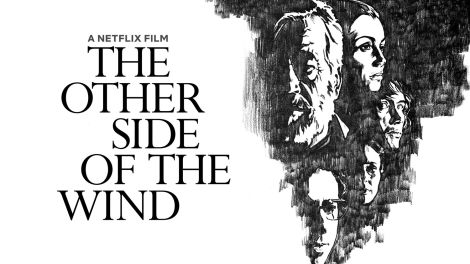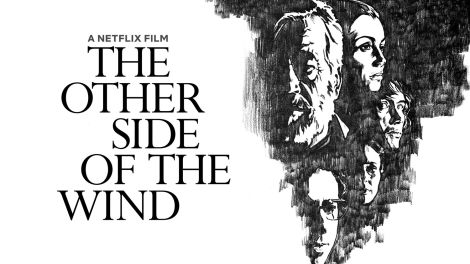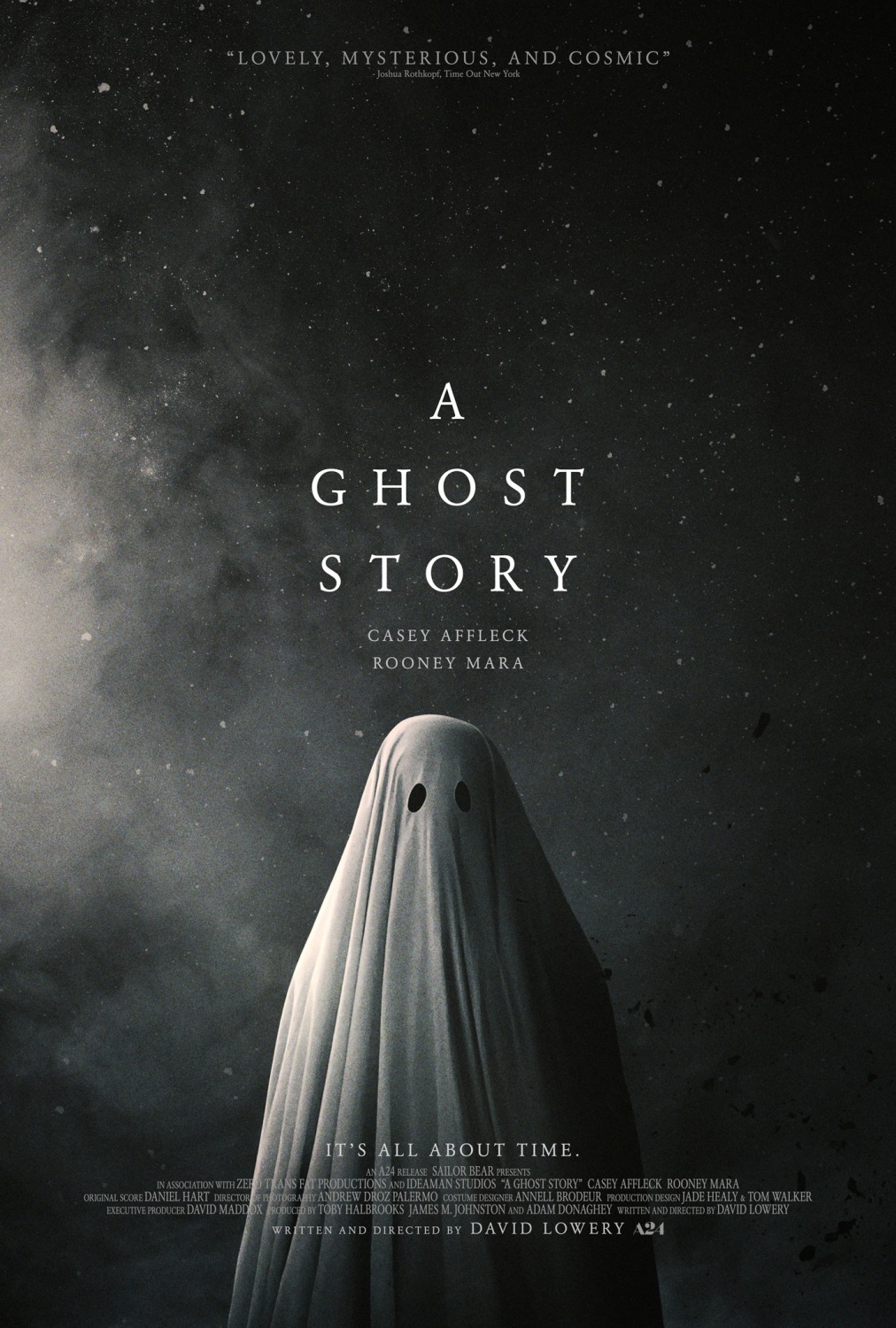
By Bryce Lawson
The streaming wars are in full swing.
Hulu, Amazon, HBO, YouTube and even CBS have thrown their hats into the ring. But one streaming service stands at the top: Netflix.
Netflix catapulted itself into the No. 1 spot by offering original content and giving directors an opportunity to release unrealized passion projects.
One of those passion projects is “The Other Side of the Wind,” director Orson Welles’ unfinished final film.
After years of seeking funding through Indiegogo, an international crowdfunding website, and various contributors, Netflix put together a two-picture $5 million deal to release the movie. The companion documentary, “They’ll Love Me When I’m Dead,” about the making of the film and Welles’ last days in Hollywood exile will also be released.
After receiving fame from the release of his debut film “Citizen Kane,” which is often regarded as the greatest film ever made, one might think that Welles would have turned out to be a rich man with all of Hollywood at his fingertips.
But in reality, things went in a much sadder direction for him.
After the release of “Citizen Kane,” Welles often faced backlash from various studios, resulting in a majority of his films being cut and edited, which compromised his artistic vision. Because of this, Welles had to work as an actor in other films to fund his projects independently or through foreign distribution in France in order to retain his vision.
Dealing with a lack of funding and health issues, Welles was unable to finish “The Other Side of the Wind” before his death on Oct. 10, 1985.
It is an experimental film, taking the meta approach to filmmaking using a film-within-a-film narrative structure. The film tells the story of an aging director, Jake Hannaford, making his final film, also called “The Other Side of the Wind,” while a crew shoots a making-of documentary for the film.
Looking to make a comeback after his exile from Hollywood, real-life director John Huston plays Hannaford as a man dealing with the end of the Golden Age Hollywood system to the days of the New Hollywood artistic freedom era.
Before his death, Welles said that the film is not autobiographical, but it is pretty hard not to see the similarities between the character of Hannaford and Welles.
I think it is pretty mind-blowing that Netflix took a risk and decided to help fund an almost 50-year-old unfinished film by a dead director.
Although a majority of Netflix subscribers have no idea about this film or the history behind it, just the fact that it is available and, for the most part, holds strong to Welles’ original artistic vision is a win for cinema.
Hopefully, with the success of “The Other Side of the Wind,” Netflix will take more chances with its original content.



